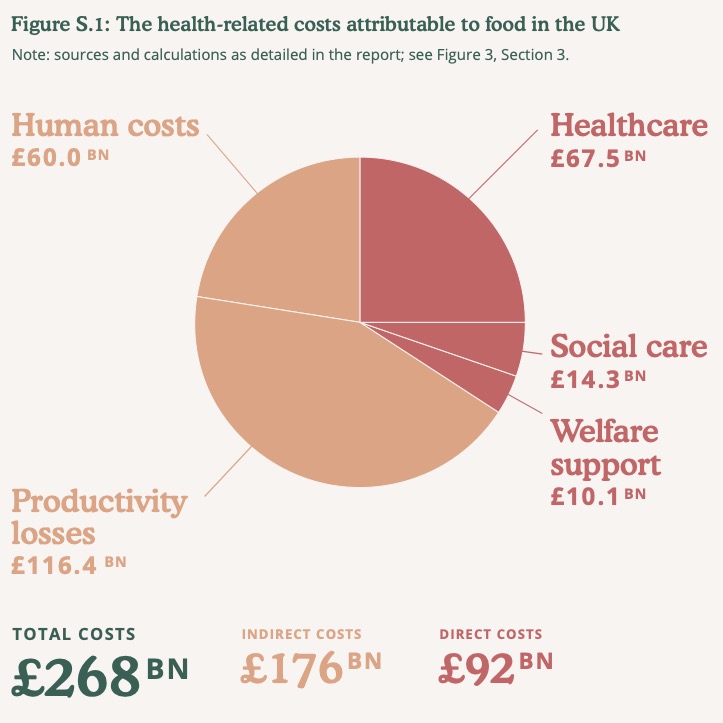 The biggest challenge that faces traders of all descriptions in arriving at a reliable price structure is the speed at which food products can change. Some animal products undergo a series of changes from farmgate to end user, others barely change at all. Some foods deteriorate very fast, while others are stable; add to this processes such as grading and the scope for differentiation can spiral out of control. For a comparison to be usable, the items need a number of similarities, bearing in mind that not all users will have the same interests. At the risk of keeping alive a business myth, there were some retailers who chose to take a cut in their margins rather than push up prices. Some individual members of of the Linlithgow committee would have been very well informed about specific markets and sector, but less inclined perhaps to share.
The biggest challenge that faces traders of all descriptions in arriving at a reliable price structure is the speed at which food products can change. Some animal products undergo a series of changes from farmgate to end user, others barely change at all. Some foods deteriorate very fast, while others are stable; add to this processes such as grading and the scope for differentiation can spiral out of control. For a comparison to be usable, the items need a number of similarities, bearing in mind that not all users will have the same interests. At the risk of keeping alive a business myth, there were some retailers who chose to take a cut in their margins rather than push up prices. Some individual members of of the Linlithgow committee would have been very well informed about specific markets and sector, but less inclined perhaps to share.
The stability and predictability of sectors such as cereal crops, milling and baking followed a pattern of incremental development. The step from wholesale trade to retailing, however, marks a sea change, reflecting the finer detail in retail distribution and home delivery costs. Investing in automotive resources ran deep in the bedrock of the economy of the day and was not going to be neither quick nor cheap.
The constant chivvying for market data was neither focussed for the most part nor available in the sort of unambiguous form that would have helped lay readers to learn more about the free market edifice. For instance, try explaining day-to-day shifts in retail pricing, arising from wholesale price changes that operate on a different basis. Even the denominations of coinage had an impact in the pricing of the retail world.
The ministry dug its heels in and refused to make a rod for its own back. The public should not be left to be baboozled by the high power antics of economists. How could such experts in their individual fields be left to explain the rise in mutton prices was a consequence of higher wool prices? After all, sheep are not killed for their wool.







